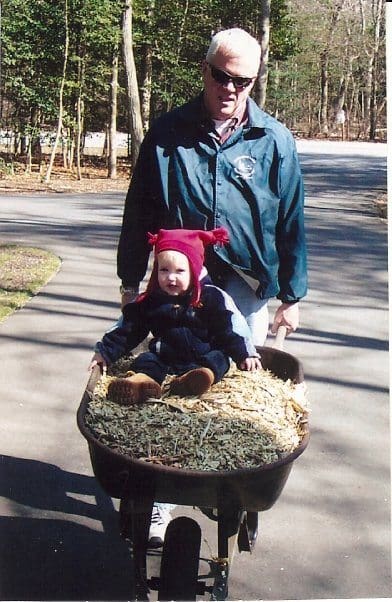We thought we would take a moment to share some posture tips for parents and caregivers to help prevent injury or overuse during day-to-day activities when caring for a young child. For additional information and a video demonstration on some of these techniques, please visit this link.
1. Lifting your child: Whether lifting your child off of the floor or out of their crib, you want to make sure you avoid lifting with your back and instead lift with you legs.
- When lifting a child from the floor, the easiest way to do so would be to place one foot in front of the other and then bend your hips and knees until you are in a kneeling position on one knee (half kneel). Make sure you keep your back straight! Once in the kneeling position, lift your child up with both hands and bring them close to your body. From there, hold your abdominal muscles tight, and use your legs to bring yourself back into a standing position.
- When lifting a child from their crib, you want to lower the rail as low as it will go. You’ll want to bend at your hips and knees to perform a mini squat, almost as if you were pretending to sit down in a chair. Make sure your back stays straight! Then, pick up your child with both hands and bring them close to your body. Then straighten your hips and knees and return to a standing position while keeping your abs tight. To place them in their crib, you’ll want to use the same ‘mini squat’ technique.
2. Pushing a stroller: When pushing a stroller, you want to avoid letting the stroller get too far ahead of you, as that will cause you to hunch forwards at your shoulders and upper back. Try and keep your back straight and use your entire body to generate the momentum needed to push the stroller forwards, not just your arms!
3. Carrying or holding your child: Try and avoid carrying your child with one arm and balanced on your hip. If this position is an absolute necessity, make sure you switch sides. This position causes certain muscles to lengthen on one side of the body, while other muscles on the opposite side of the body tighten, putting you at risk for postural asymmetries and potentially leading to pain.
